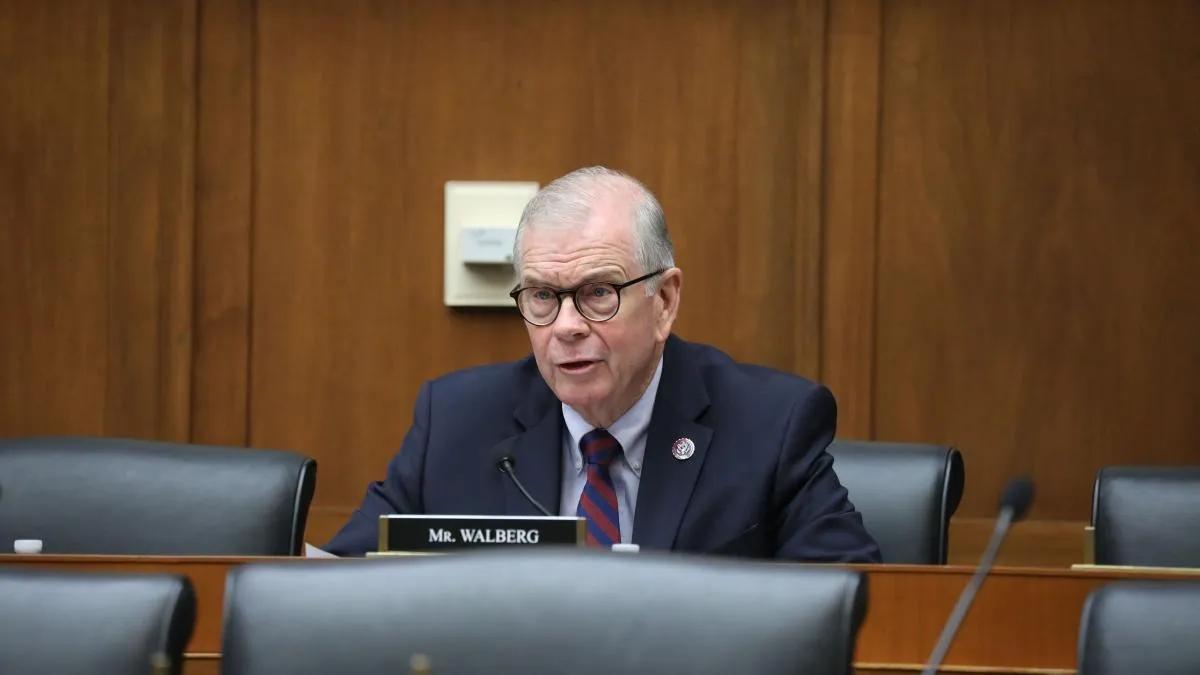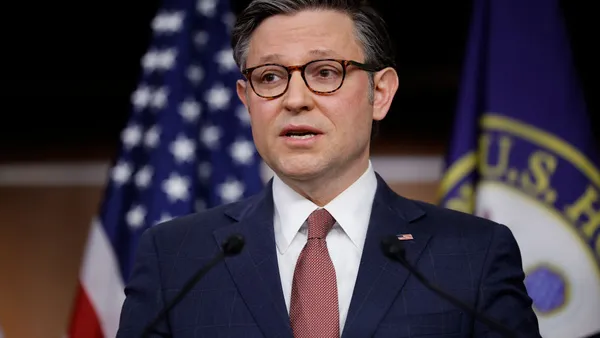Last November, a group of higher education professionals sat around a small conference room table with a few reporters to discuss the state of the higher education industry. Gathering just nine days after Election Day during the TIAA Institute Higher Education Leadership Conference in New York City, most were visibly concerned about the future under a Donald Trump presidency.
Affordability and access
“My biggest worry in the Trump Administration is Pell grant … and the proposal that is going back to private lending,” said Trinity University President Patricia McGuire, adding that a majority of her students are from low-income backgrounds, and changes to Pell grant and financial aid would greatly damper those students’ ability to continue their educations.
Muriel Howard, president of the American Association of State Colleges and Universities, said her concern is more around losing “the momentum that we have around access and focusing on degree completion.”
Saying public higher education has done a really good job of doing more with less over the last 30 years, Howard said additional funding cuts could mean “it is possible this could be the time we really hit the wall.”
“In terms of our role as heading up the American enterprise for higher education, .. we’ve got to stay focused on this bigger goal … of what we should be doing for this country,” said Howard.
Eduardo Padron, president of Miami Dade College — the nation’s largest community college system — said, “The concept of opportunity for all Americans to get a higher education should be a top priority for all Americans.”
“Our system has to be more responsive to the needs of the citizens,” he continued, adding that higher education as a whole is “by nature, very elitist.”
“The triumph of the uneducated population that [propelled Trump to victory] is not that they couldn’t afford [higher education], it’s that they wanted no part of it,” said McGuire, who lamented that “we have not articulated the value proposition of higher ed very well.”
“Who is entitled to go to which institutions? Is it right for the state flagships to deny access to some students while offering full rides to others,” she asked.
But University of Maryland System President Robert Caret said it is difficult to find the balance between allocating funds to need-based aid versus merit aid. While ensuring the enrollment of a diverse population of students is important, he said, “The publics never want to be just the default campuses and I have a problem that policies that could be enacted could be leading us down that path.”
“Campuses which can’t afford to do this” are finding themselves discounting between 20% and 34%, said Caret, who said that Maryland’s public institutions are spending $137M to close the gaps and bring students to campus, and “a little over 50% is going to merit.”
“The issue is about selectivity rates,” McGuire said. “The idea that only a few students are worthy [to attend the flagships] and the rest [of the institutions] can divide up the rest” of the eligible college-going populations.
“It’s nice to say that everyone should be able to go to the flagship, but the flagship can’t hold 174,000 students, so the mix is part of the system and part of the nation,” said Caret.
But University of Texas at El Paso President Diana Natalicio said, “If you believe that talent is everywhere, … and you draw 90% of your students from the region, then your campus should look like the region.”
With the right supports, Natalicio said, students who are traditionally left out by the selectivity race, “perform at a far higher level than many students who are ‘entitled’ to higher education.”
Natalicio talked about the minor barriers to completion for many of these students, who often have work ethics that will propel them to success, but issues like not having the money to pay for “the brake job on my car, and I’ve got to get to work to pay for school, … so I’m going to drop out this semester, work some more and come back next semester” are thoughts that go through students’ heads and keep them from completing their educations.
“$200 can change the trajectory of someone’s life,” she said. “Are you going to put money towards [gap funding initiatives] or are you going to put it towards buying the top talent from high school?”
Part of the solution is also reaching these students where they are to provide information, which is often not on campus, said Natalicio.
“They spend less time on the campus, because they’re off to their jobs and childcare, etc.,” she said.
What becomes of undocumented students?
The question of security for international students has been one of the most prevalent issues raised in the months since the election by leaders in higher education.
McGuire said, “I have promised them that we’ll do everything we can to make sure nothing bad happens. The most important thing is to take care of the individual. What I’m sad about is there won’t be any progress on [policies like DACA]. We'll probably be frozen in place.”
Frozen in place could be a best-case scenario, as many worry about increased deportation, which could mean DREAMers are no longer registering in the databases that would have afforded them access to financial aid and some of the other resources available to help them pursue higher education.
“This election doesn’t mean that all of our social justice missions are out the window,” said McGuire. “I think there is not enough discussion about what some people might consider soft values, but I consider core. And I don’t hear enough of that conversation from the intellectual class.”




















